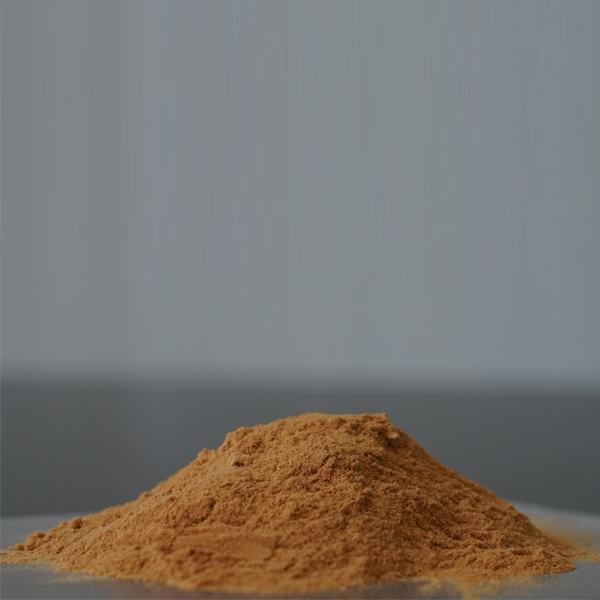
News
Nov . 15, 2024 16:00 Back to list
high quality chelating agents for heavy metals
High Quality Chelating Agents for Heavy Metals
Heavy metal pollution is a critical environmental issue that poses significant risks to human health and ecosystems. Chelating agents have emerged as essential tools in the remediation of contaminated environments, as they can effectively bind to heavy metals, facilitating their removal and minimizing their toxic effects. This article explores the different types of high-quality chelating agents used for heavy metals, their mechanisms, and their applications.
Chelating agents are organic compounds that can form stable complexes with metal ions. This process, known as chelation, involves the formation of multiple bonds between the metal ion and the chelating agent, resulting in a more soluble and less toxic compound. Some of the most commonly used chelating agents include ethylenediaminetetraacetic acid (EDTA), diethylenetriaminepentaacetic acid (DTPA), and citric acid. Each of these agents has unique properties that make them suitable for various applications.
EDTA, one of the most widely studied chelators, is particularly effective for heavy metals such as lead, cadmium, and mercury. Its ability to form stable complexes makes it a popular choice in both industrial applications and environmental remediation. However, the use of EDTA is not without controversy, as its persistence in the environment can lead to unintended consequences. Researchers are continuously seeking biodegradable alternatives to minimize these concerns.
high quality chelating agents for heavy metals

Another promising chelating agent is DTPA, which has a higher affinity for certain metals compared to EDTA. DTPA's effectiveness in mobilizing heavy metals from contaminated soils has been demonstrated in various studies, making it a valuable tool in soil remediation projects. Additionally, citric acid, a natural chelator, has gained attention for its environmental friendliness and ability to enhance the bioavailability of essential nutrients in soils while simultaneously binding to toxic metals.
In recent years, the development of bio-sourced and biodegradable chelating agents has gained momentum in the field of environmental chemistry. These agents, derived from natural sources, offer a sustainable alternative to synthetic chelators. They can effectively bind heavy metals while being less harmful to the environment, thus contributing to the promotion of green chemistry.
In conclusion, high-quality chelating agents play a pivotal role in the management of heavy metal pollution. While traditional agents like EDTA and DTPA are effective, the future of chelation technology lies in the development of biodegradable alternatives. These eco-friendly agents will not only enhance heavy metal remediation processes but also align with the growing global emphasis on sustainability and environmental protection. As research continues, the advancement of these innovative chelating agents will be vital in safeguarding ecosystems and public health.
-
Polyaspartic Acid Salts in Agricultural Fertilizers: A Sustainable Solution
NewsJul.21,2025
-
OEM Chelating Agent Preservative Supplier & Manufacturer High-Quality Customized Solutions
NewsJul.08,2025
-
OEM Potassium Chelating Agent Manufacturer - Custom Potassium Oxalate & Citrate Solutions
NewsJul.08,2025
-
OEM Pentasodium DTPA Chelating Agent Supplier & Manufacturer High Purity & Cost-Effective Solutions
NewsJul.08,2025
-
High-Efficiency Chelated Trace Elements Fertilizer Bulk Supplier & Manufacturer Quotes
NewsJul.07,2025
-
High Quality K Formation for a Chelating Agent – Reliable Manufacturer & Supplier
NewsJul.07,2025
